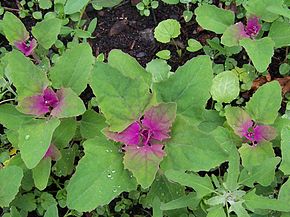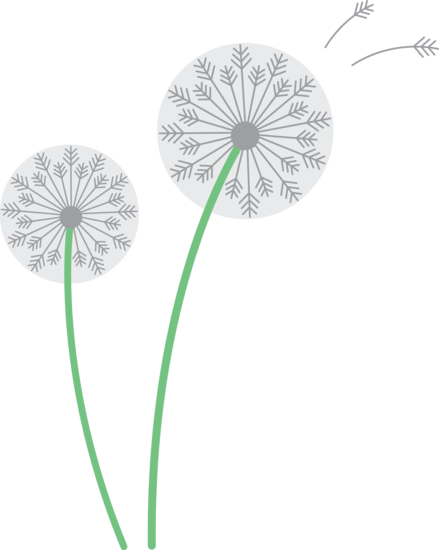Some Edible Wild Plants
{PART 1} {PART 2} {PART 3} {PART 4}
Lambsquarters
 You can eat the leaves of Lambsquarters, also known as Goosefoot. The seeds of this well known weed are high in protein, vitamin A, calcium, phosphorus, and potassium. The Lambsquarters or Goosefoot is closely related to the popular super food Quinoa. There is increased interest in particular in Goosefoot seeds today, which are suitable as part of a gluten-free diet.
You can eat the leaves of Lambsquarters, also known as Goosefoot. The seeds of this well known weed are high in protein, vitamin A, calcium, phosphorus, and potassium. The Lambsquarters or Goosefoot is closely related to the popular super food Quinoa. There is increased interest in particular in Goosefoot seeds today, which are suitable as part of a gluten-free diet.
Goosefoots have a history of culinary use dating back to 4000 BC or earlier, when pitseed goosefoot (C. berlandieri) was a staple crop of the eastern Native Americans, and white goosefoot was apparently cultivated and used by some early European cultures.
Nettles
 This is a great wild edible plant with a twist. The adult Nettle can sting you if you're not careful. In many places this is a notorious weed. You can find it everywhere. The plant is so strong! It survives both the hot sun and temperatures well below freezing.
This is a great wild edible plant with a twist. The adult Nettle can sting you if you're not careful. In many places this is a notorious weed. You can find it everywhere. The plant is so strong! It survives both the hot sun and temperatures well below freezing.
Nettle juice tastes surprisingly good and did you know that the plant has even more minerals than wheat grass? It is good for arthritis, tissue regeneration, calms allergies, lowers cholesterol and high blood pressure and even acts as a blood sugar stabilizer.
You can eat the very young leaves in a salad, but the older ones sting so you may not like to eat them raw. When you juice them, the stinging disappears. The fresh or dried leaves of the nettle can be used to make a tea. If you do happen to get stung, the juice of the plant will relieve the sting or rub the leaves of a plantain against the sore spot to relieve the pain. {PART 1} {PART 2} {PART 3} {PART 4}


 Previous
Previous